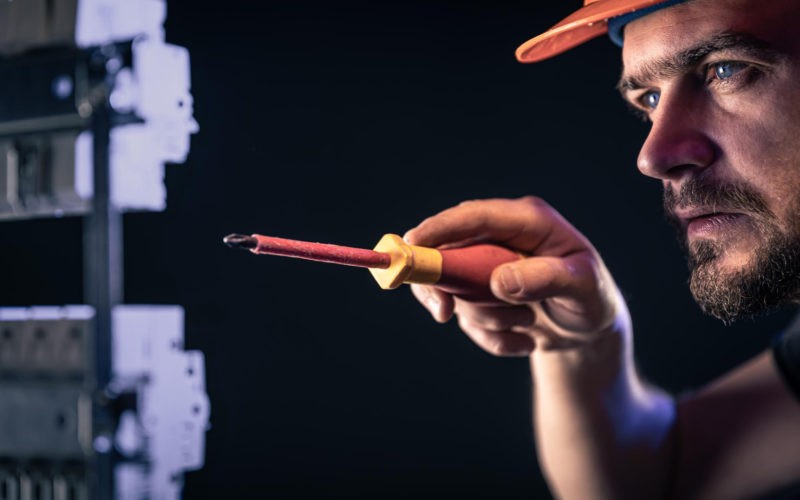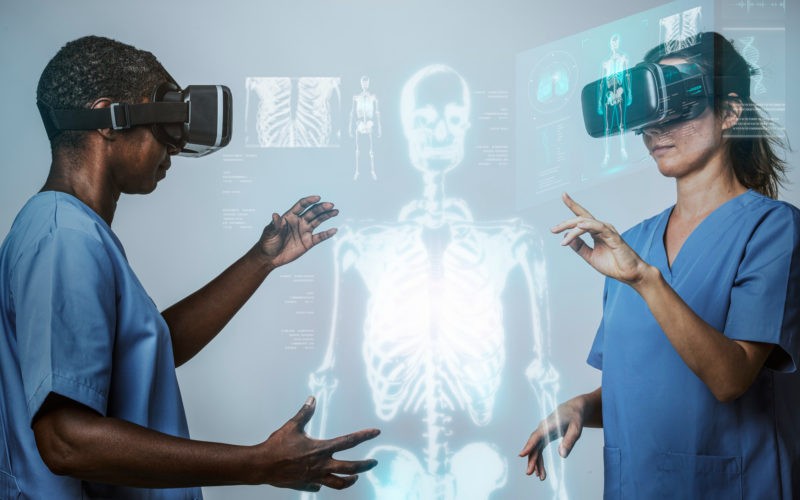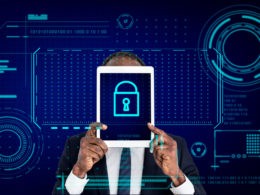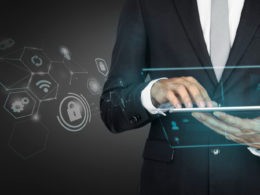As technology continues to progress, smart cities are quickly becoming a reality. Through the adoption of the Internet of Things (IoT), governments around the world are finding ways to utilize real-time data for efficient asset management. In this post, we will explore how IoT is transforming government asset management, improving service delivery, and promoting development. Let’s take a look.
Efficient Maintenance of Infrastructure
Smart cities rely on incorporating devices into their infrastructure assets, enabling monitoring and maintenance. Sensors installed in components such as streetlights, bridges, and water systems collect data in time about factors like temperature, humidity, and usage patterns. This data is then analyzed using algorithms that can detect any abnormalities or potential malfunctions. By identifying issues at a large stage, authorities can promptly address them before they escalate into disruptions.
Optimal Allocation of Resources
Gone are the days when government agencies relied on inspections or predetermined schedules for asset maintenance. Thanks to powered sensors, analytics, and asset management software for government, decision-makers now have access to insights into the health of their assets. This enables them to allocate resources by minimizing unnecessary maintenance tasks and implementing proactive repairs that extend the lifespan of assets. Ultimately, this leads to reductions in costs for cities.
Energy Management
Given the importance of energy consumption in promoting sustainability, governments are leveraging Internet of Things (IoT) technologies to optimize their strategies for managing energy. By integrating meters in buildings and public spaces, connected devices can analyze real-time patterns of energy consumption across areas of a city. This data empowers decision-makers to proactively identify areas with demand or wastage and develop efficient energy policies accordingly. It further enhances government asset management for an efficient utilization of equipment when needed.
Enhanced Public Safety
Ensuring safety is a priority for any government and IoT plays a crucial role in maintaining this focus as smart cities continue to develop. Connected sensors equipped with facial recognition capabilities provide real-time monitoring for crowd control at events or transportation hubs. Additionally, powered surveillance cameras continuously monitor spaces, allowing prompt responses to emergencies while deterring criminal activities.
Traffic Management and Smart Transportation
Traffic congestion is a challenge in many areas, but IoT has the potential to revolutionize how governments tackle this issue by enhancing transportation infrastructure. Integrated systems that utilize real-time GPS data from vehicles and sensors installed on roads enable authorities to monitor traffic volumes and analyze patterns for optimized traffic flow management. Moreover, smart parking initiatives enabled by IoT efficiently guide drivers to parking spaces, significantly reducing the time spent searching for spots.
Enhanced Waste Management
Maintaining waste management practices is crucial for ensuring the cleanliness and environmental well-being of cities. To achieve this goal, smart waste bins with sensors detect their fill levels in time. When these bins reach full capacity, authorities receive alerts that enable them to optimize waste collection schedules, resulting in cost reduction and preventing overflowing bins that can lead to environmental problems.
Making Data-Driven Decisions
Governments can harness the power of IoT to gather large amounts of real-time data, providing insights for making informed decisions. By collecting and analyzing information related to aspects of city operations, such as transportation patterns, utility usage, and citizen behavior, governments can allocate resources efficiently and implement policies effectively for urban planning. This approach leads to service delivery and enhances residents’ quality of life.
Engaging and Empowering Citizens
The integration of technology in cities opens up new opportunities for citizen engagement and empowerment. By utilizing mobile apps and online platforms that connect to devices, individuals can access up-to-date information about services, report problems or incidents, and provide feedback to local authorities. This fosters a relationship between the government and its citizens, promoting transparency, trust, and a sense of community ownership. Furthermore, with access to information, individuals gain the ability to make informed decisions regarding their daily lives.
Conclusion
IoT has transformed the way governments manage their assets and IoT services, enabling cities to become sustainable, cost-effective, and responsive to the needs of their residents. In areas such as infrastructure maintenance, resource allocation, energy management, public safety measures, traffic control systems, and waste management practices — IoT services ensure that cities operate smoothly while creating environments capable of thriving even amidst rapid urbanization challenges. It is imperative for governments to embrace these technological advancements in order to achieve a brighter future characterized by efficient service delivery and sustainable urban development.












